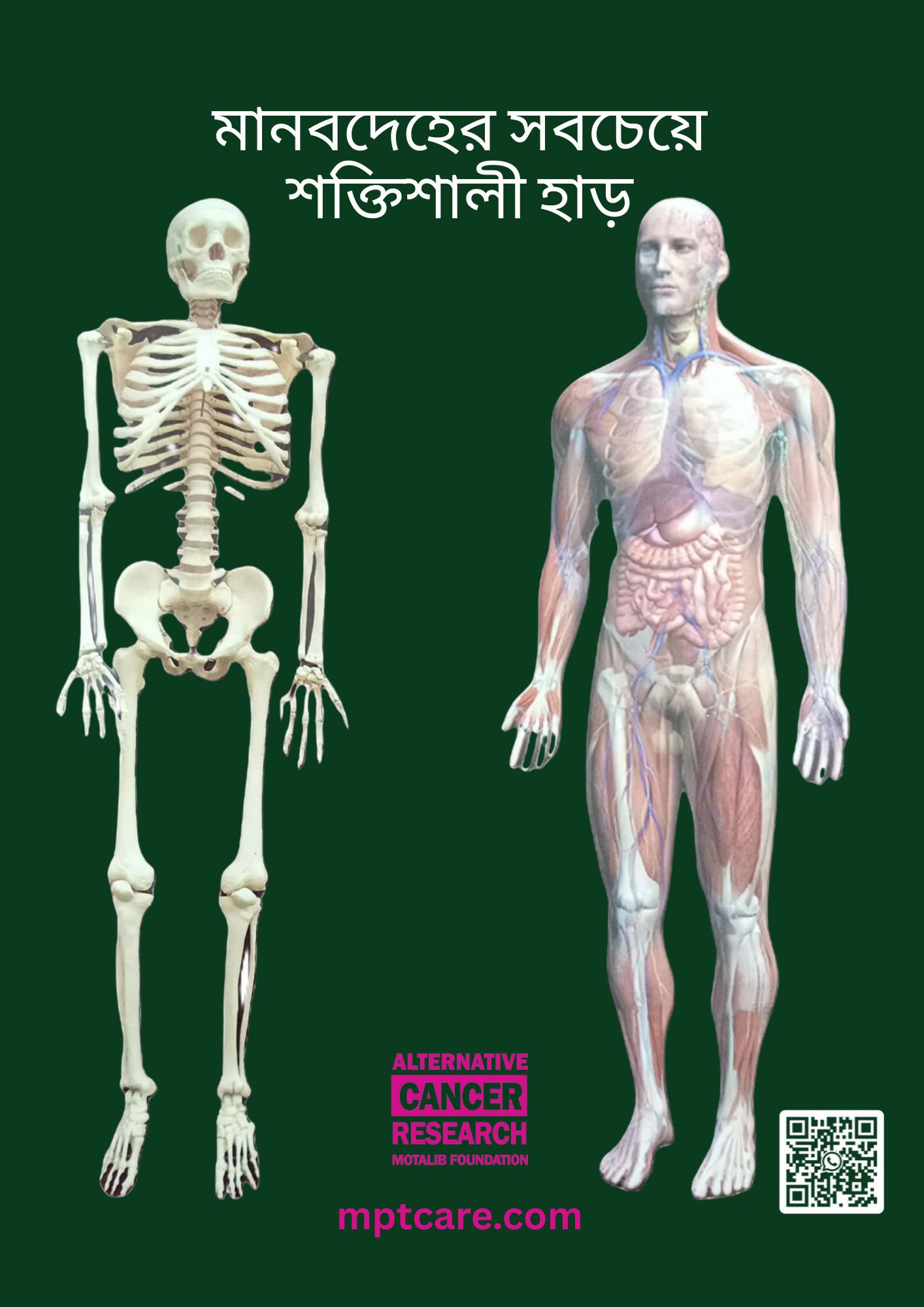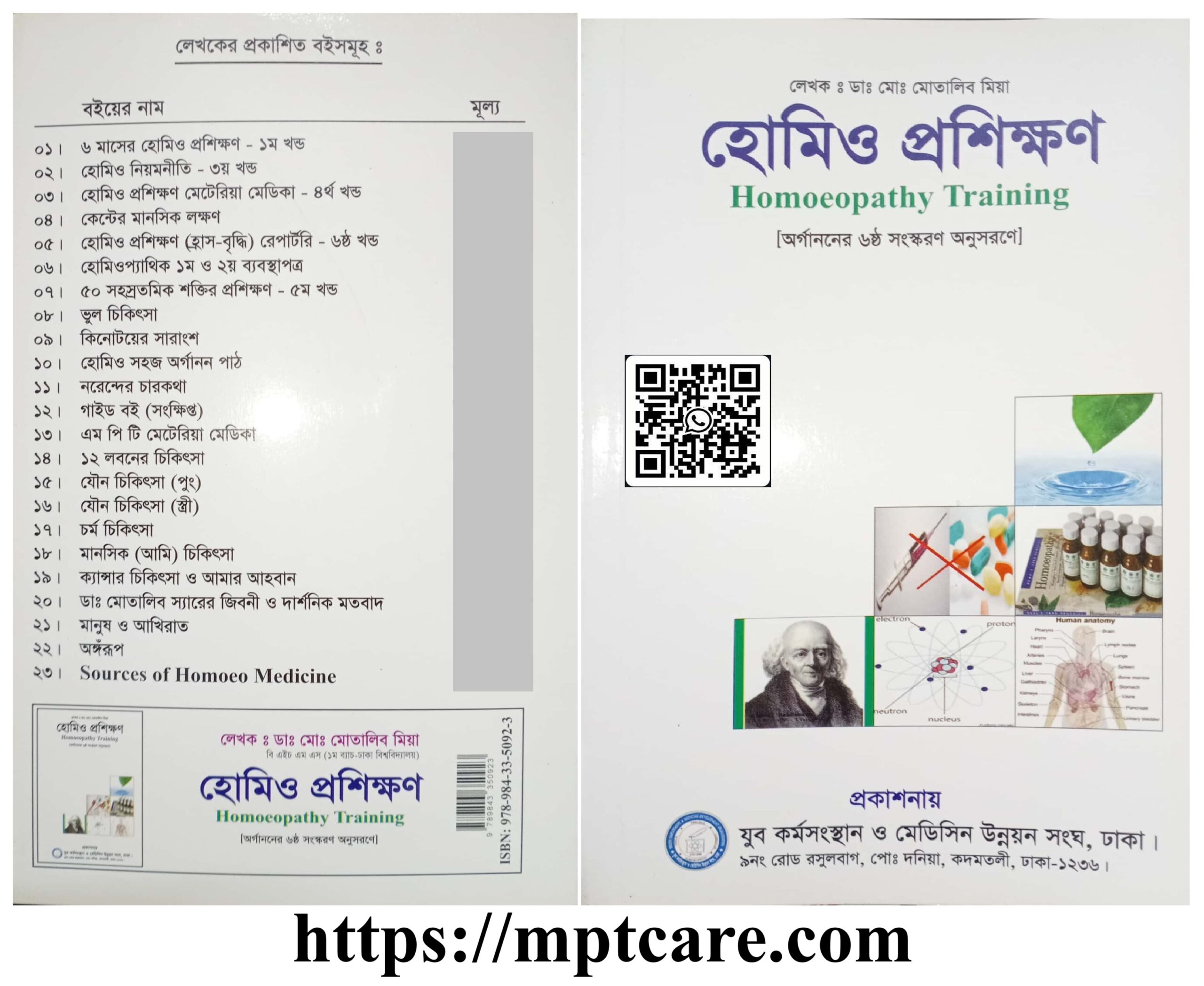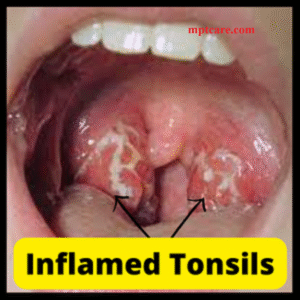Cancer Treatment in Bangladesh and Non-Communicable Diseases Prevention 2025
Good day, and welcome to this important discussion on non-communicable diseases (NCDs) , a pressing global health challenge that affects millions of people each year. I am Dr. Sachiko Komagata, an Associate Professor in Integrative Health at Georgian Court University in Lakewood, New Jersey, USA. Today, we will delve into the alarming statistics surrounding NCDs, identify the key risk factors contributing to these diseases, and explore effective strategies for prevention and management.
Understanding Non-Communicable Diseases (NCDs)
According to the World Health Organization (WHO) , non-communicable diseases account for 7 out of the 10 leading causes of death worldwide. These diseases include cardiovascular diseases, cancer, chronic respiratory illnesses, and diabetes, and together they represent a significant portion of global mortality. In 2021 alone, NCDs accounted for 38% of all deaths , with the burden disproportionately affecting low- and middle-income countries.
To paint a clearer picture, let’s consider the statistics:
– 18 million people died from NCDs before the age of 70, with a staggering 82% of these premature deaths occurring in low- and middle-income regions.
– Cardiovascular diseases remain the top cause of mortality, followed closely by cancer, chronic respiratory conditions, and diabetes.
These figures highlight not only the prevalence of NCDs but also the urgent need for a global response to this health crisis.

Risk Factors for NCDs
Understanding the risk factors associated with NCDs is crucial for developing effective prevention strategies. The major risk factors can be categorized into three main groups: lifestyle factors , metabolic factors , and environmental factors .
Lifestyle Factors
Lifestyle choices play a pivotal role in the development of NCDs. Some of the most significant lifestyle-related risk factors include:
– Physical Inactivity : Sedentary behavior is linked to numerous health issues, including obesity and heart disease. Regular physical activity is crucial for maintaining optimal health.
– Harmful Alcohol Use : Excessive alcohol consumption can lead to various health complications, including liver disease and certain cancers.
– Unhealthy Diets : Diets high in processed foods, sugars, and unhealthy fats contribute to obesity, diabetes, and cardiovascular diseases.
Metabolic Factors
Metabolic risk factors are physiological conditions that increase the likelihood of developing NCDs. These include:
– Elevated Blood Pressure : Hypertension is a significant risk factor for heart disease and stroke.
– Obesity : Excess weight is linked to various health problems, including type 2 diabetes, heart disease, and certain cancers.
– Abnormal Blood Lipids : High levels of cholesterol and triglycerides are associated with an increased risk of cardiovascular diseases.
Environmental Factors
Environmental influences also significantly contribute to the risk of NCDs. Key factors include:
– Air Pollution : Both indoor and outdoor air pollution is a major contributor to respiratory diseases and cardiovascular conditions.
– Access to Healthcare : Limited access to healthcare resources can hinder early detection and treatment of NCDs, exacerbating health disparities.
The Global Impact of NCDs
Chronic diseases are not just a personal health issue; they represent a global concern that affects people of all ages. The impact of NCDs extends beyond individual health, influencing economic stability and healthcare systems.
– Economic Burden : The treatment and management of chronic diseases impose a heavy financial burden on healthcare systems, particularly in low- and middle-income countries. These nations often struggle with limited resources and infrastructure to adequately address the rising tide of NCDs.
– Quality of Life : NCDs can significantly impair the quality of life for affected individuals, leading to physical limitations, mental health issues, and reduced productivity.
Prevention and Management of NCDs
Given the high prevalence and impact of NCDs, prevention and management strategies are essential. Here are key approaches to reducing the risk of these diseases:
Lifestyle Changes
Encouraging healthy lifestyle choices is critical. Individuals can take proactive steps by:
– Engaging in Regular Physical Activity : Aim for at least 150 minutes of moderate exercise each week. This can include walking, cycling, swimming, or any activity that raises the heart rate.
– Adopting a Healthy Diet : Focus on whole foods, including fruits, vegetables, lean proteins, and whole grains. Reducing sugar and saturated fats is vital for maintaining a healthy weight and preventing NCDs.
– Limiting Alcohol Consumption : Adhering to guidelines for moderate alcohol intake can help reduce the risk of alcohol-related health issues.
Early Detection and Screening
Early detection and timely intervention can significantly alter the course of NCDs. Key strategies include:
– Regular Health Screenings : Routine screenings for blood pressure, cholesterol levels, and blood glucose can help identify risk factors early.
– Vaccinations : Vaccines can prevent certain types of cancer, such as the human papillomavirus (HPV) vaccine for cervical cancer prevention.
Public Health Initiatives
Governments and organizations can play a vital role in combatting NCDs through:
– Public Awareness Campaigns : Educating the public on the risk factors and prevention strategies for NCDs can lead to behavioral changes.
– Policies and Regulations : Implementing policies that promote healthy environments, such as regulating food advertising to children and increasing taxes on sugary drinks, can positively impact public health.
Community Support
Community programs can provide essential resources and support for individuals at risk of NCDs. Some initiatives include:
– Support Groups : Creating safe spaces for individuals to share experiences and coping strategies can foster resilience and empowerment.
– Nutrition and Exercise Programs : Community-based programs that promote physical activity and healthy eating can help individuals adopt healthier lifestyles.
Conclusion
In conclusion, non-communicable diseases represent a significant global health challenge that necessitates urgent attention. The statistics presented underscore the importance of addressing the risk factors associated with NCDs, including lifestyle choices, metabolic conditions, and environmental influences.
By prioritizing prevention through education, early detection, and community support, we can mitigate the impact of these diseases on individuals and society as a whole. Together, we can create a healthier future for all, where non-communicable diseases are not a leading cause of death but rather manageable health conditions.
Thank you for your attention, and I hope this discussion provides valuable insights into the global challenge of NCDs and the importance of prevention and management strategies.



 Volunteer Help poor patients get cancer treatment and lead drug-free lives.
Volunteer Help poor patients get cancer treatment and lead drug-free lives.

















